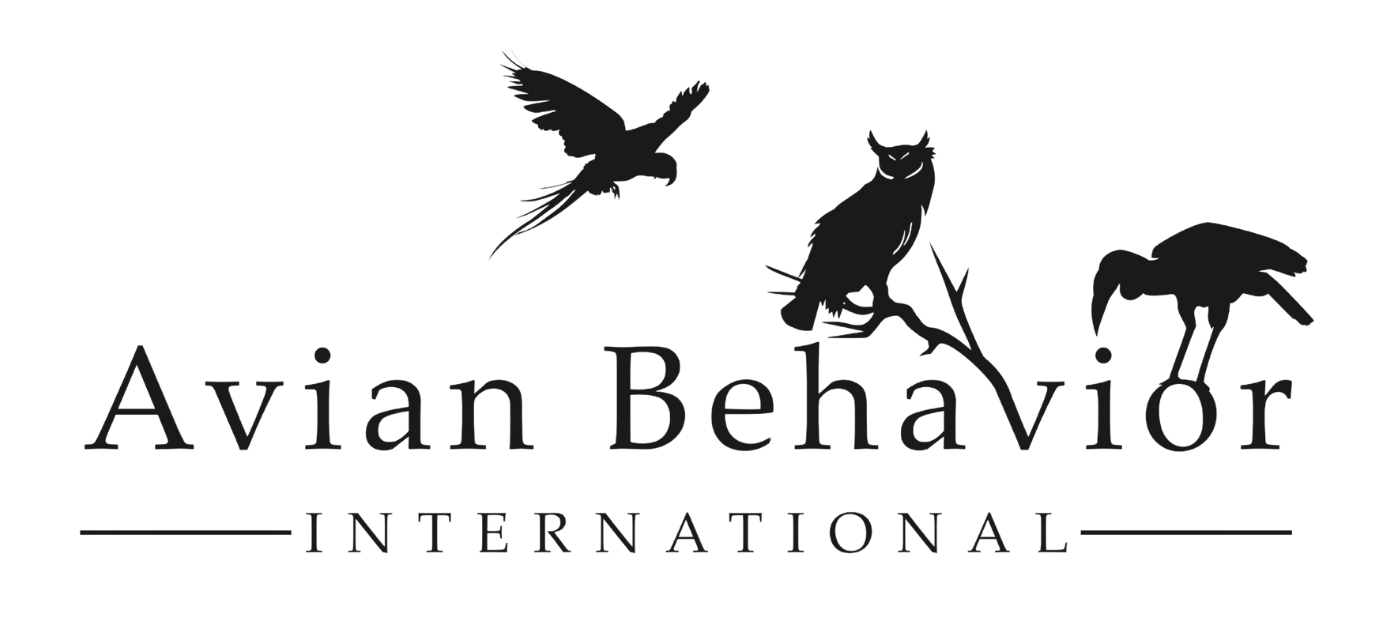
16 Jul The Morning Spectacle You Need to See: Why Our Vultures Strike a Pose
Picture this: You’re on one of our experiences on an early morning when you spot something magnificent. There’s Huxley, our yellow-headed vulture, standing tall with his wings spread wide like he’s about to take flight – or maybe like he’s auditioning for a superhero movie.
But he’s not going anywhere. He’s just soaking up those first rays of sunshine, and trust me, there’s a really good reason for it.
The Science Behind the Spectacle
What you’re witnessing is called the horaltic pose – basically vulture yoga, but with a purpose.
When vultures spread their wings toward the sun like this, scientists believe that this is part of a vulture’s version of serious self-care.
While researchers aren’t sure, they believe that UV rays are working overtime to kill bacteria and parasites that might be lurking in their feathers. It’s like nature’s own sanitizing system, plus a little temperature regulation thrown in for good measure.
When Huxley Became Our DNA Reveal Star
We actually used this natural behavior for one of our favorite moments a few years back. We’d been waiting for Huxley’s DNA results to find out if he was male or female, and when they finally came back (spoiler alert: he’s a male!), we had a little fun with the reveal.
We set up a towel to create some shade, knowing that Huxley would naturally move toward the sunny spot and strike his horaltic pose to “reveal” his gender.
The plan was perfect… except Huxley had other ideas. He looked up after tucking his wings, gave us what I can only describe as a “really?” look, and casually walked to a completely different sunny spot.
Classic Huxley. Always keeping us on our toes.
Picture this: You’re on one of our experiences on an early morning when you spot something magnificent. There’s Huxley, our yellow-headed vulture, standing tall with his wings spread wide like he’s about to take flight – or maybe like he’s auditioning for a superhero movie.
But he’s not going anywhere. He’s just soaking up those first rays of sunshine, and trust me, there’s a really good reason for it.
The Science Behind the Spectacle
What you’re witnessing is called the horaltic pose – basically vulture yoga, but with a purpose.
When vultures spread their wings toward the sun like this, scientists believe that this is part of a vulture’s version of serious self-care.
While researchers aren’t sure, they believe that UV rays are working overtime to kill bacteria and parasites that might be lurking in their feathers. It’s like nature’s own sanitizing system, plus a little temperature regulation thrown in for good measure.
When Huxley Became Our DNA Reveal Star
We actually used this natural behavior for one of our favorite moments a few years back. We’d been waiting for Huxley’s DNA results to find out if he was male or female, and when they finally came back (spoiler alert: he’s a male!), we had a little fun with the reveal.
We set up a towel to create some shade, knowing that Huxley would naturally move toward the sunny spot and strike his horaltic pose to “reveal” his gender.
The plan was perfect… except Huxley had other ideas. He looked up after tucking his wings, gave us what I can only describe as a “really?” look, and casually walked to a completely different sunny spot.
Classic Huxley. Always keeping us on our toes.
What This Means for Your Visit
If you’re planning a visit (and you should be!), early morning is prime time for catching this behavior. It’s one of those moments that reminds you just how fascinating these birds are.
We currently have fourvultures at the Avian Behavior Ranch:
-
Dallas, our turkey vulture
-
Huxley, the yellow-headed vulture
-
Rio, our striking king vulture
-
Suyana, the powerful Andean condor
-
And a black vulture in our care behind the scenes
Each of them has a unique personality — and their own way of soaking up the sun.
And speaking of thriving, our vultures are doing more than just soaking up sun rays. Huxley, along with Dallas and Rio, are working hard as conservation ambassadors. Each of them has raised thousands of dollars for vulture conservation efforts worldwide, from Chile to South Africa.
Because here’s the thing: vultures are in trouble globally. They’re being persecuted, poached, and poisoned, and that’s bad news for all of us. Coming up this fall, we will be adding Suyana the Andean condor to the rotation for a truly special Conservation Experience. Can you imagine getting to see an Andean condor fly up close and in person?
Why These Birds Matter
When people see them up close at the Avian Behavior Ranch, they’re often surprised at how beautiful they actually are. And they’re absolutely crucial to our ecosystems and even our own health. They’re like nature’s clean-up crew, and they can digest harmful pathogens that other scavengers would spread around. Without them, we’d have a much messier, more dangerous world.
Plus, when you meet Huxley or Dallas up close, they might just charm you right out of that frozen rib-eye steak you were carrying. They’re surprisingly charismatic once you get past the whole “eating dead things” reputation.
Your Chance to Meet Nature’s Clean-Up Crew
Huxley regularly appears in our Ultimate Bird of Prey , Elite Bird Experience, and Animal Trainer for a Day programs. where you can actually have a vulture on your glove. And Dallas, Huxley, Suyana, and Rio are part of every single farm and aviary tour we offer because we feel so strongly about the importance of these incredible birds.
Trust me, once you see them spread those wings in the morning sun, you’ll never look at vultures the same way again.

